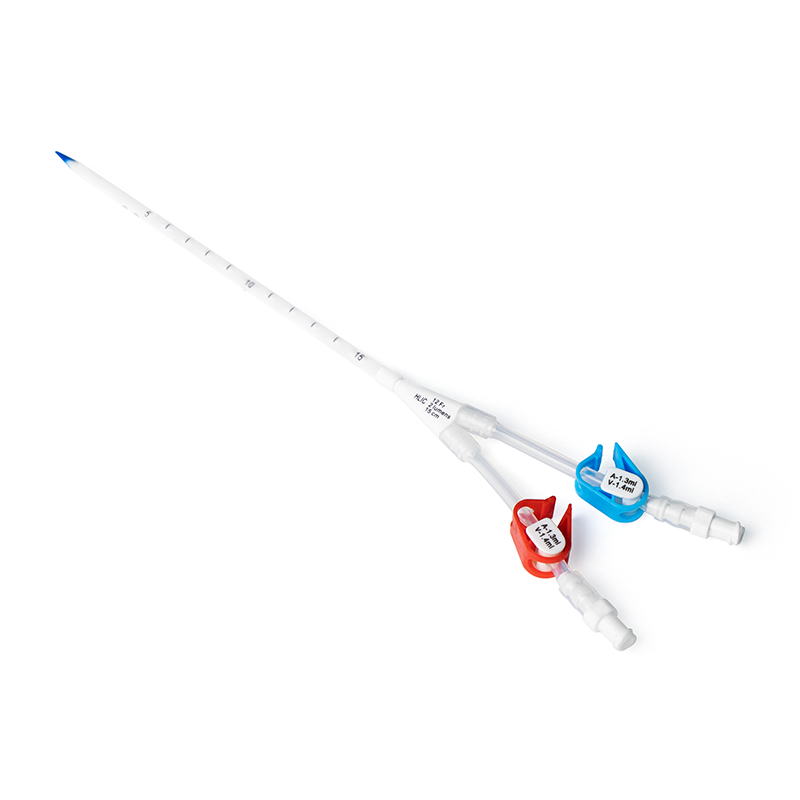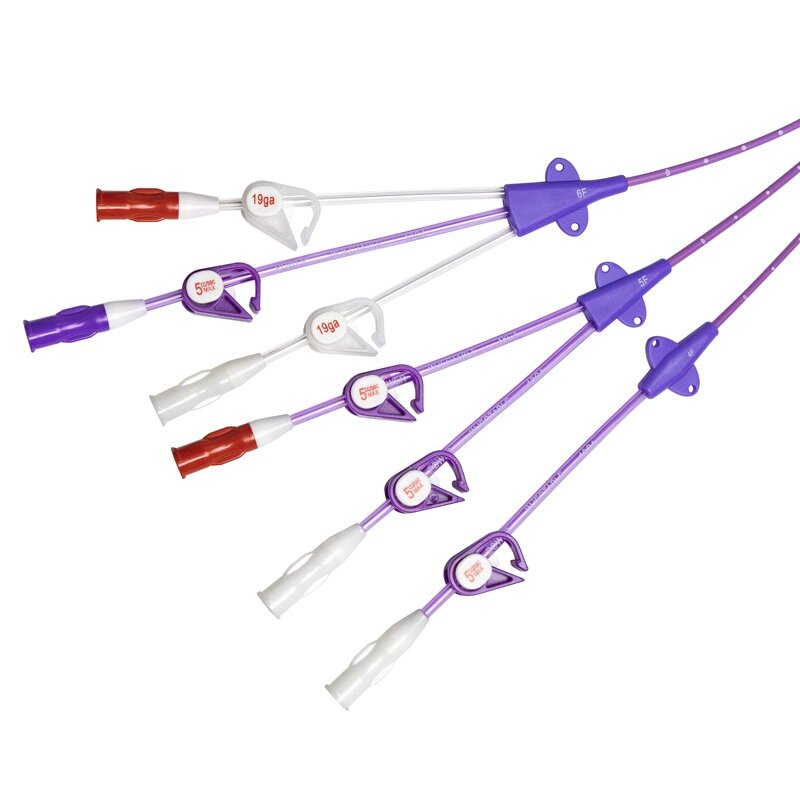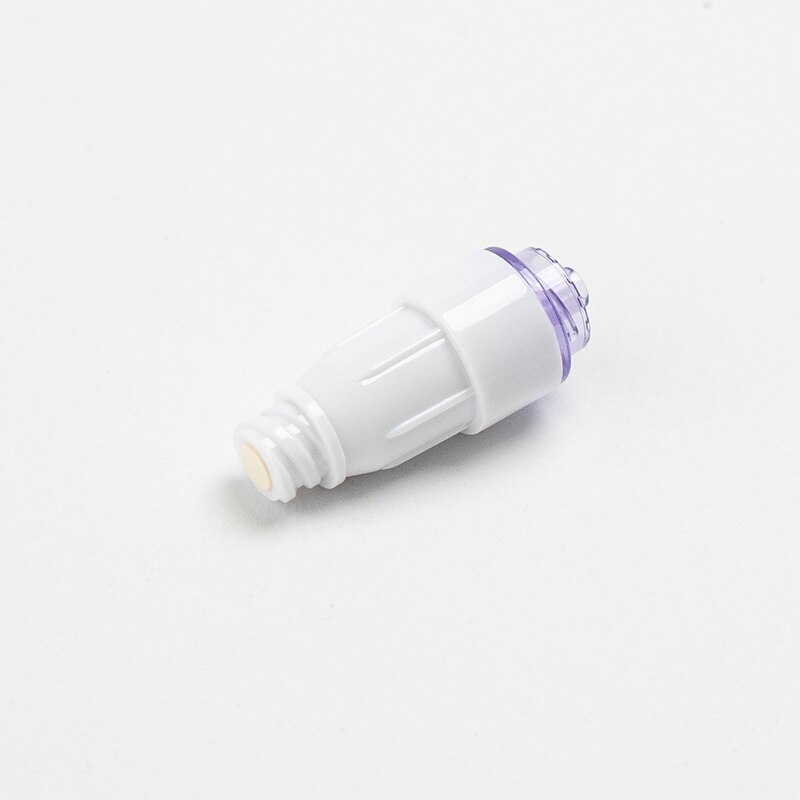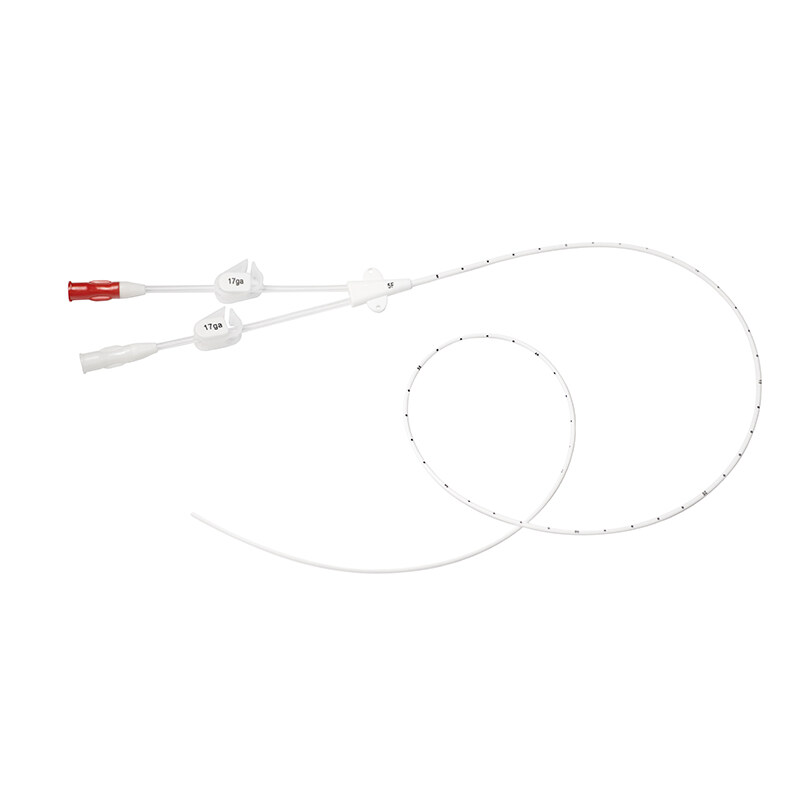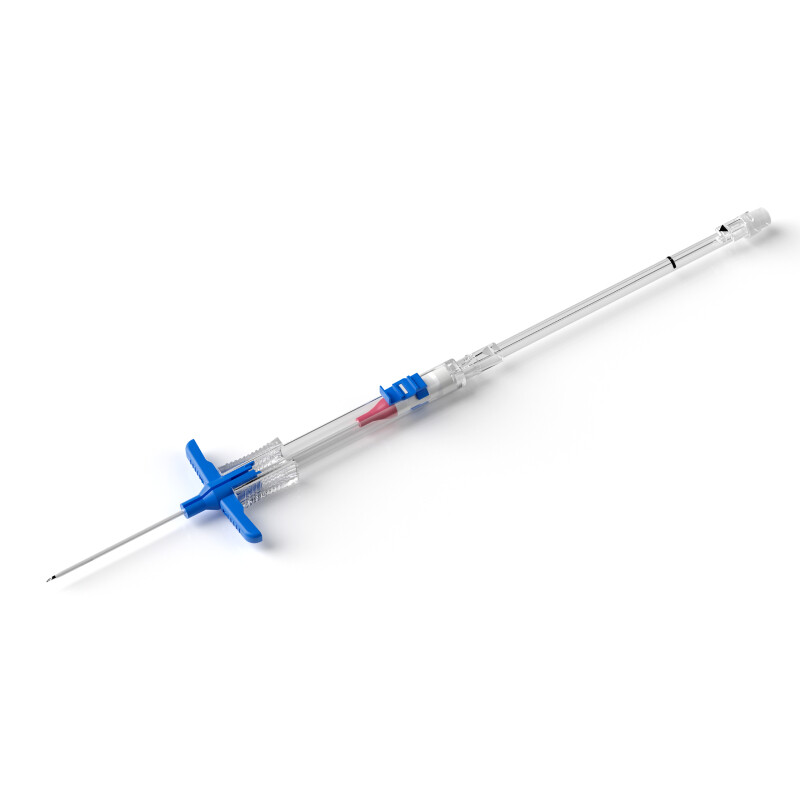Midline catheters and central venous catheters (CVCs) are both medical devices used for intravenous access, but they have distinct differences in their design and application.
Understanding these differences is crucial for healthcare professionals to make informed decisions regarding catheter selection and patient care.
Haolang Midline Catheter
1. Advanced medical polyurethane material
- It has the property of microbial resistance to prevent thrombosis. The polyurethane is also thermosensitive which can be softened after insertion.
- The tip is soft and flexible to minimize the risk of vessel wall trauma and phlebitis during the process of catheter placement and after insertion.
2. The retention time could last 30 days.
3. ID clamps are designed to indicate priming volume and are easily used to seal tubes with a single hand.
4. Centimeter depth marking to help precise placement.
5. Double lumen is used for two sorts of medicine injections to avoid medicine incompatibility.
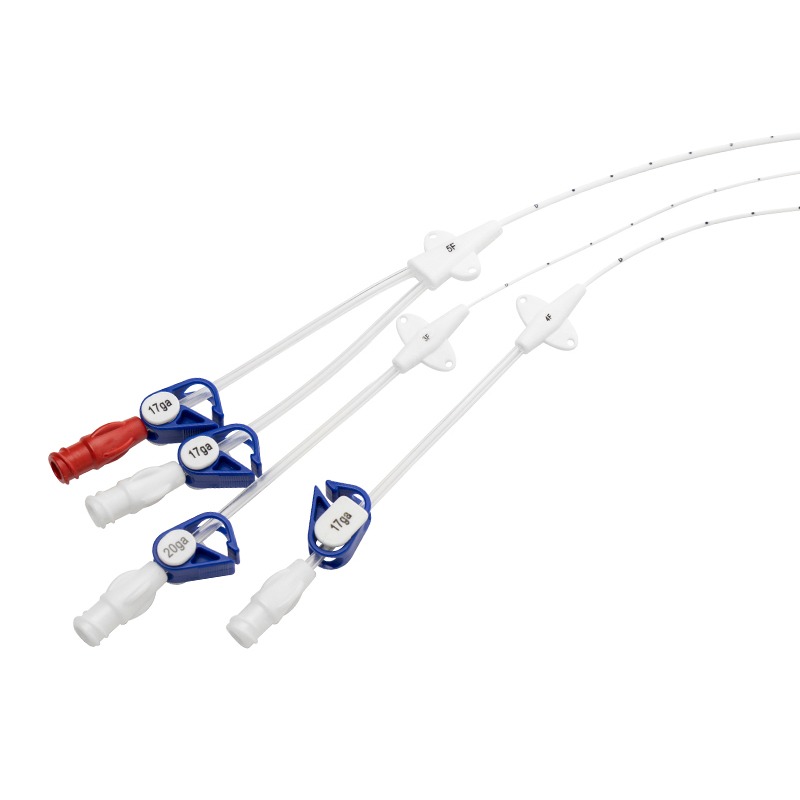
Midline 3F Single Lumen
● Insertion Site
A midline catheter is typically inserted in the upper arm or upper chest, with the tip terminating in the axillary, brachial, or basilic veins.
● Catheter Length
Midline catheters are longer than peripheral catheters but shorter than central venous catheters. They range from 8 to 20 centimeters in length.
● Catheter Tip Position
The tip of a midline catheter lies in the peripheral vasculature, usually below the axillary vein.
● Indications and Uses
A midline catheter kit is primarily utilized for patients requiring intermediate-term intravenous access, usually for a duration of 1 to 4 weeks. They are suitable for infusing medications, antibiotics, and certain non-vesicant solutions.
● Complication Risks
Midline catheters generally pose fewer complications than central venous catheters. They have a lower risk of bloodstream infections and deep vein thrombosis, but care should still be taken to maintain proper aseptic techniques during midline catheter insertion and care.
● Duration of Use
Midline catheters are designed for intermediate-term use, ranging from a few days to several weeks. They are not suitable for prolonged therapy.
Haolang Central Venous Catheter
1. Advanced updated polyurethane formula
- Excellent collapse and kinking resistance
- Antibacterial and will not be damaged by microbial attacks.
- The tube body is hydrophilic and smooth, making it easy to place in patients’ veins. And reduce the risk of blood clots.
2. Purple extension tubes are applied as high-pressure injection channels between double or triple-lumen catheters.
3. The Pressure Injectable CVC could be used on a Contrast-enhanced scan with its high-pressure resistance.
4. The -piece-shaped tip is soft and flexible, preventing the risk of the tip falling off.
5. The catheter is radio-opaque and could be visualized under chest X-ray for easy positioning control.
6. Low profile catheter hub could be fixed by an easily operated Good lock, allowing for better patient comfort.
7. ID clamps are designed to indicate priming volume and are easily used to seal tubes with a single hand.
8. The luers connector can be easily held on gloves, maintaining strength and crack resistance. Color-coded for multiple treatment options.

Power injectable CVC Double Lumen
● Insertion Site
A central venous catheter is usually inserted in larger veins such as the internal jugular, subclavian, or femoral veins, with the tip positioned in the superior vena cava or right atrium.
● Catheter Length
Central venous catheters are longer and can extend beyond 20 centimeters, allowing for placement in larger central veins.
● Catheter Tip Position
A central venous catheter tip position is in the central circulation, enabling the administration of medications and fluids directly into the superior vena cava or right atrium.
● Indications and Uses
A central venous catheter kit is indicated for patients needing long-term intravenous therapy, including chemotherapy, total parenteral nutrition (TPN), frequent blood sampling, or hemodialysis.
● Complication Risks
Central venous catheters have a higher risk of complications, including infections, pneumothorax, arterial puncture, thrombosis, and catheter-related bloodstream infections. Central venous catheter placement requires skilled healthcare providers and vigilant monitoring.
● Duration of Use
Central venous catheters are intended for long-term access and can remain in place for weeks to months, depending on the patient's needs.
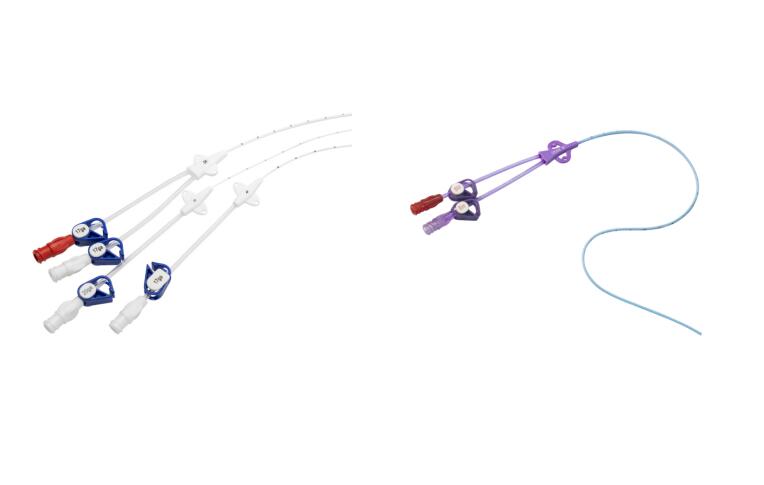
In summary, midline catheters and central venous catheters have distinct characteristics and applications. Understanding the differences between a midline catheter and a central venous catheter is crucial for healthcare professionals when deciding which type of catheter to use for a specific patient.
Midline catheters are shorter, inserted in peripheral veins, and utilized for intermediate-term therapy. Central venous catheters are longer, placed in larger central veins, and employed. Healthcare professionals must carefully consider the specific needs of each patient when selecting the appropriate catheter type to ensure safe and effective intravenous therapy.
Haolang Medical is one of the medical tools manufacturers in China, specializing in developing, manufacturing, and distributing a series of products for vascular access, infusion therapy, and infection control. I believe you can find suitable modern medical tools here.

